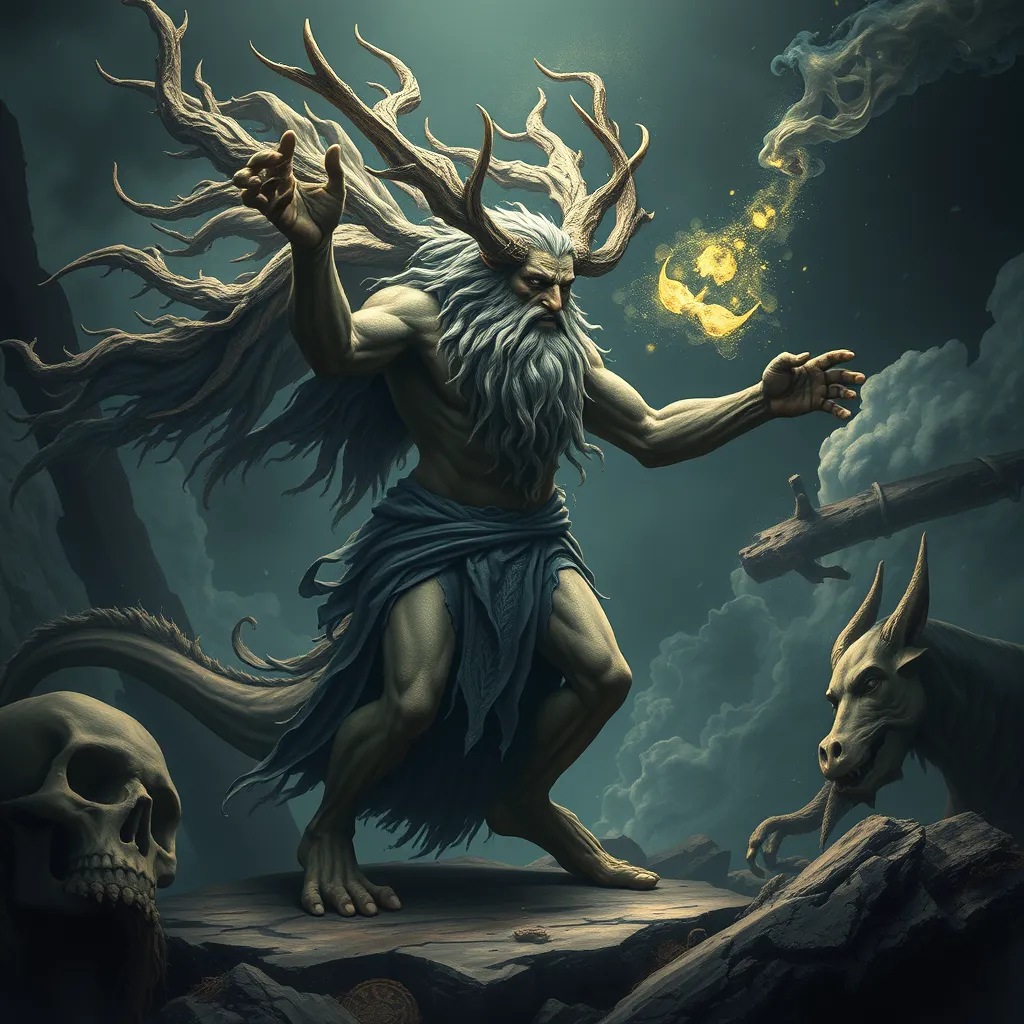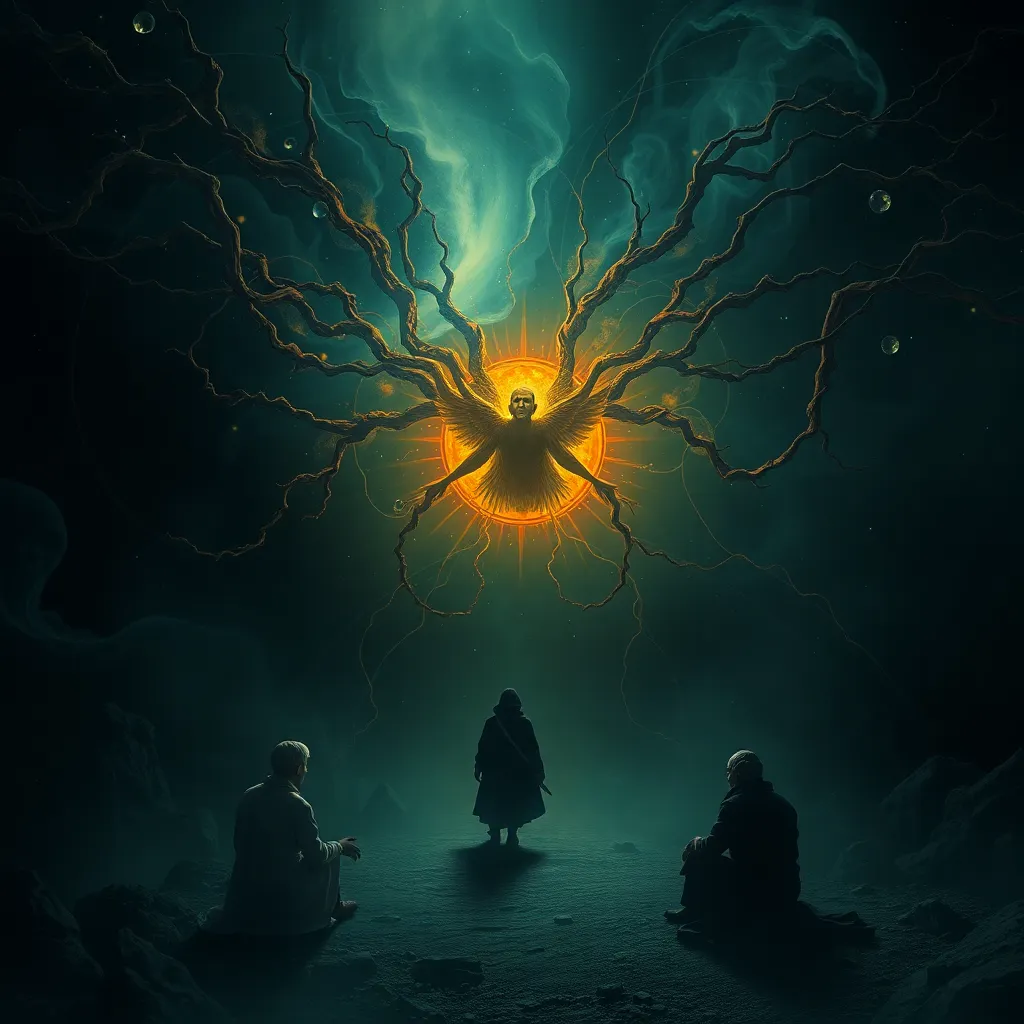The Basilisk in Medieval Tapestries: Examining the Monster’s Visual Representation in Woven Art
I. Introduction
The Basilisk, often referred to as the “king of serpents,” is a legendary creature that has captured the imagination of many throughout history. In medieval lore, it was believed to possess lethal powers, capable of killing with a mere glance. This fearsome creature symbolizes danger and the unknown, making it a significant figure in various narratives of the time.
Tapestries played a vital role in medieval society, serving not only as decorative art but also as a means of storytelling and education for a largely illiterate populace. These woven artworks were displayed in homes and churches, conveying moral lessons, historical events, and mythical tales.
This article aims to explore the visual representation of the Basilisk in medieval tapestries, examining how this creature was depicted and what it symbolized within the cultural context of the time.
II. Historical Context of the Basilisk
A. Origins of the Basilisk Myth in Ancient Texts
The myth of the Basilisk can be traced back to ancient texts, including Pliny the Elder’s “Natural History,” where it is described as a small serpent with a deadly stare. Over the centuries, the Basilisk evolved into a more complex figure, incorporating various traits from different cultures.
B. Evolution of the Basilisk’s Characteristics Over Time
The Basilisk’s characteristics have changed significantly over time, influenced by regional beliefs and the merging of various mythologies. Its representation shifted from a simple serpent to a creature resembling a dragon, often depicted with wings and a crown, further emphasizing its royal connotations.
C. The Basilisk in Medieval Bestiaries and Literature
During the medieval period, the Basilisk appeared in numerous bestiaries, which were illustrated compendiums of animals that often included moral lessons. These texts described the creature’s terrifying capabilities, serving as cautionary tales about the dangers of pride and evil.
III. The Role of Tapestries in Medieval Culture
A. The Significance of Tapestries as a Storytelling Medium
Tapestries were among the most important storytelling mediums in the medieval era. They conveyed narratives through imagery, serving as visual aids for both education and entertainment. The intricate designs and detailed scenes often depicted biblical stories, historical events, and mythical creatures, including the Basilisk.
B. Tapestries as Decorative Art and Their Function in Homes and Churches
Tapestries were not only functional but also served as symbols of wealth and status. They adorned the walls of homes, castles, and churches, providing insulation and enhancing the beauty of the interiors. Their presence signified the owner’s refinement and taste.
C. The Craftsmanship and Techniques Involved in Tapestry Creation
The creation of tapestries was a complex and labor-intensive process involving skilled artisans. Techniques included:
- Weaving: Using looms to interlace threads of various colors.
- Designing: Artists would first create a cartoon (a full-scale drawing) that served as a guide for the weavers.
- Dyeing: Natural dyes were used to achieve vibrant colors, with specific plants and minerals yielding different hues.
IV. Iconography of the Basilisk in Tapestries
A. Common Visual Motifs Associated with the Basilisk
The Basilisk is often depicted with distinctive visual motifs, including:
- A serpent-like body, sometimes with dragon-like features.
- A crown symbolizing its status as the “king of serpents.”
- Fiery or glowing eyes, emphasizing its deadly gaze.
B. Symbolism of the Basilisk in Relation to Good and Evil
In medieval iconography, the Basilisk often represented the struggle between good and evil. It was frequently used to symbolize the dangers of sin and the perils of unchecked ambition. Its ability to kill with a glance served as a metaphor for the destructive power of malevolence.
C. Comparative Analysis of Different Tapestries Featuring the Basilisk
When analyzing various tapestries depicting the Basilisk, one can observe differences in style and interpretation. Some tapestries emphasize the creature’s fearsome nature, while others incorporate it into narratives of triumph over evil, showcasing the evolving perceptions of this mythological being.
V. Case Studies of Notable Tapestries Featuring the Basilisk
A. Examination of Specific Examples (e.g., the Basilisk Tapestry Series)
One notable example is the Basilisk Tapestry series, which vividly illustrates the creature in various scenes. These tapestries exemplify the intricate craftsmanship of the period and the cultural significance of the Basilisk as a cautionary figure.
B. Analysis of Artistic Styles and Interpretations of the Basilisk
Artistic styles in these tapestries range from the detailed realism of the late Gothic period to the more stylized representations of earlier medieval art. The interpretation of the Basilisk varies, reflecting the artists’ intentions and the societal context of their creation.
C. The Cultural and Social Implications of These Representations
The representations of the Basilisk in tapestries reveal much about medieval society’s values and fears. As a symbol of evil, it served to reinforce moral teachings and societal norms, while also reflecting the human fascination with the monstrous and the unknown.
VI. The Basilisk’s Influence on Medieval Art and Literature
A. How the Visual Representation of the Basilisk Influenced Other Art Forms
The visual representation of the Basilisk in tapestries influenced various art forms, including manuscripts and carvings. Its striking imagery became a popular motif in gothic architecture, where it was often depicted alongside other mythical creatures.
B. The Basilisk’s Presence in Contemporary Medieval Literature
In contemporary medieval literature, the Basilisk remains a prominent figure, often explored in tales that delve into themes of morality, power, and the supernatural. Its legacy continues to inspire authors and artists alike.
C. Connections Between Tapestry Art and Other Medieval Narratives
The narratives depicted in tapestries often intersect with other forms of medieval storytelling, creating a rich tapestry of cultural expression. Whether in literature, drama, or visual art, the Basilisk serves as a bridge connecting various artistic endeavors.
VII. The Legacy of the Basilisk in Later Art and Culture
A. The Basilisk’s Continued Relevance in Modern Interpretations
The Basilisk has not faded into obscurity; rather, it has found new life in modern interpretations, appearing in literature, films, and video games. Its characteristics continue to resonate with contemporary audiences, embodying timeless themes of fear and the monstrous.
B. Influence on Contemporary Art and Popular Culture
Artists today often draw inspiration from the Basilisk, integrating its imagery into various forms of modern art. The creature’s legacy is evident in popular culture, where it frequently appears in fantasy narratives and as a symbol of the unknown.
C. The Ongoing Fascination with Monsters in Visual Art
The fascination with monsters like the Basilisk reflects humanity’s complex relationship with fear, morality, and the supernatural. This ongoing interest demonstrates how visual art serves as a medium for exploring these themes across generations.
VIII. Conclusion
In conclusion, the Basilisk’s depiction in medieval tapestries offers a profound insight into the cultural and societal beliefs of the time. These woven artworks not only illustrate the monster’s fearsome nature but also serve as a reflection of the moral narratives surrounding good and evil. The study of the Basilisk in this context underscores the importance of visual representation in understanding medieval thought and values.
Further research into the representation of monsters in medieval art can provide valuable insights into the fears and fascinations of societies throughout history, revealing how these themes continue to resonate in contemporary culture.



